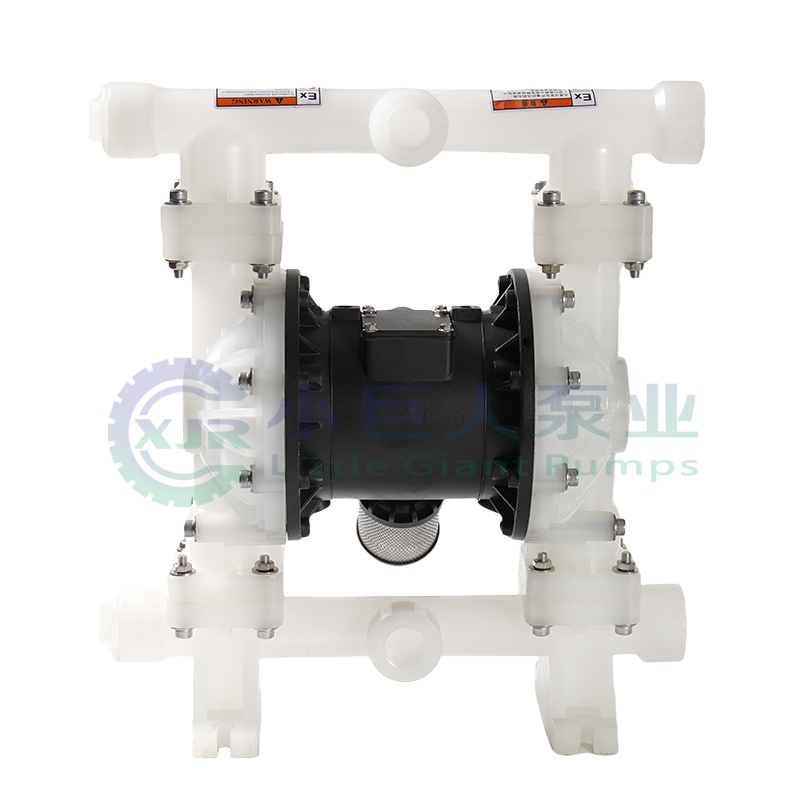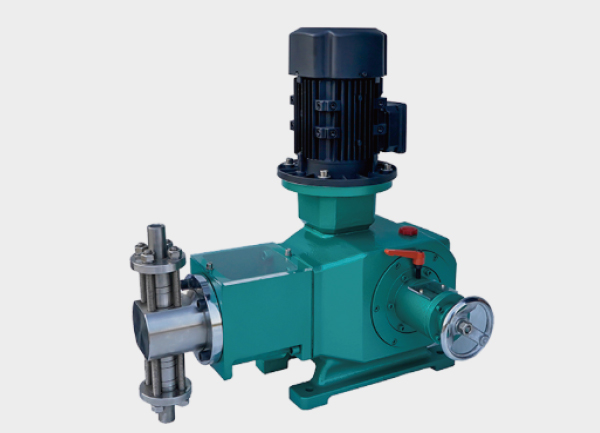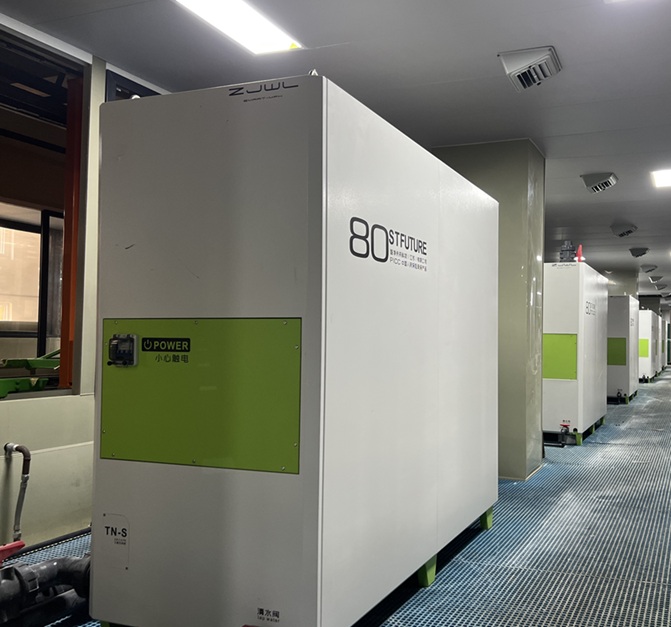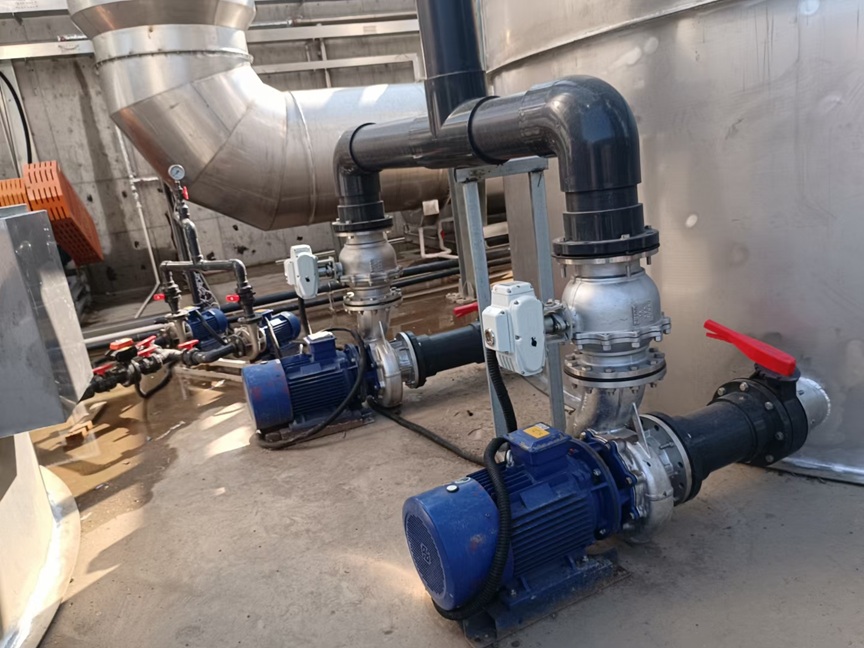1. Introduction
In modern industrial fluid systems, leak prevention and operational safety have become core design priorities. Traditional centrifugal pumps rely on mechanical seals to prevent leakage; however, under conditions involving highly corrosive, flammable, or toxic fluids, the reliability of these seals often diminishes over time.
The magnetic drive pump (also known as magnetic coupling pump) offers a fundamental technological advancement. By utilizing a non-contact magnetic coupling system, it achieves a completely sealed and leak-free form of power transmission. This design effectively eliminates mechanical seal failures and provides a safe, reliable, and environmentally friendly solution for fluid handling in demanding industrial applications.
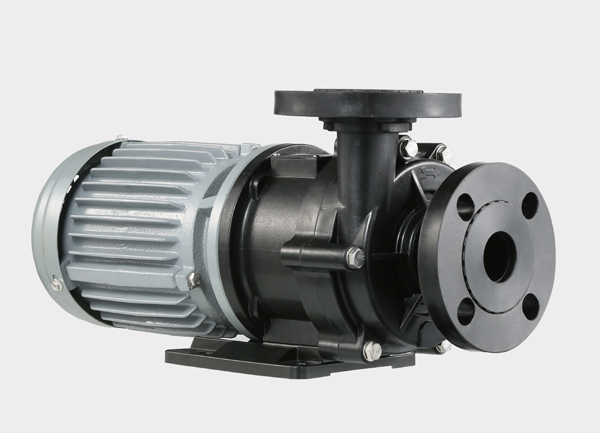
2. Working Principle and Structural Design
The operating mechanism of a magnetic drive pump is based on magnetic coupling transmission.
Its main components include a driving motor, an outer magnetic rotor, an isolation sleeve, an inner magnetic rotor, and an impeller.
During operation:
The motor drives the outer magnetic rotor to rotate;
Magnetic force passes through the isolation sleeve to drive the inner magnetic rotor;
The inner rotor and impeller rotate synchronously to achieve fluid transfer.
Because the power is transmitted magnetically rather than mechanically, the pumped liquid remains completely enclosed within the pump housing, eliminating the need for mechanical seals.
This contact-free transmission design removes the risks of frictional wear and leakage, making magnetic drive pumps particularly suitable for transferring corrosive, toxic, or volatile fluids.
In addition, their compact structure, low vibration, low noise, and extended service life make them ideal for continuous industrial operation.
3. Material Technology and Corrosion Resistance
The performance and longevity of a magnetic drive pump are determined largely by material selection. Depending on the nature of the fluid and the working environment, three main structural types are commonly used:
Metallic Magnetic Drive Pumps — Constructed from stainless steel, titanium alloy, or Hastelloy, suitable for high-pressure, high-temperature, and mildly corrosive media.
Engineering Plastic Magnetic Drive Pumps — Made from PVDF, FEP, or PTFE, offering outstanding resistance to acids, alkalis, and corrosive chemicals.
Composite Magnetic Drive Pumps — Featuring a metal exterior with a corrosion-resistant plastic lining, providing both mechanical strength and chemical stability for complex chemical processes.
Advances in material engineering and manufacturing precision have significantly enhanced the durability, temperature resistance, and corrosion performance of magnetic drive pumps, ensuring safe and reliable operation even in extreme industrial environments.
4. Application Fields and Industry Trends
The application range of magnetic drive pumps has expanded beyond traditional chemical processes to encompass high-tech manufacturing, environmental protection, and new energy sectors. Their leak-free and corrosion-resistant characteristics make them indispensable in numerous industries.
1. Chemical and Fine Chemical Industry
Magnetic drive pumps are widely used for handling acids, alkalis, solvents, and chlorinated compounds. Their fully sealed structure prevents leakage and environmental contamination, ensuring operational safety and product purity.
2. Pharmaceutical and Food Processing
With no mechanical seals or lubrication points, magnetic drive pumps meet hygienic and contamination-free standards, making them suitable for the transfer of pharmaceutical liquids, fermentation solutions, and food additives.
3. Electroplating, PCB, and Surface Treatment
For media such as hydrochloric acid, hydrofluoric acid, and nitric acid, fluoroplastic magnetic drive pumps provide exceptional corrosion resistance. They are widely used in plating baths, etching processes, and chemical recovery systems.
4. Semiconductor and Photovoltaic Manufacturing
These industries demand ultra-high purity fluid transfer. Magnetic drive pumps, free of metal contamination, are used for ultrapure water, chemical etchants, and high-purity acid-base solutions, ensuring the stability and cleanliness of production lines.
5. New Energy and Battery Production
In lithium battery and energy storage systems, magnetic drive pumps are applied in the circulation of electrolytes and organic solvents. Their leak-free and stable performance improves system safety and efficiency, making them essential in clean energy production.
6. Environmental Protection and Water Treatment
Magnetic drive pumps are utilized in acid-base recovery, wastewater treatment, and gas scrubbing systems. Their sealed construction prevents leakage and secondary pollution, supporting enterprises in achieving green manufacturing and carbon-reduction goals.
From an industrial perspective, the development trend of magnetic drive pumps is moving toward higher corrosion resistance, enhanced safety, and system-level energy efficiency.
Their increasing adoption in environmental engineering, chemical process optimization, and high-purity fluid systems positions them as a critical component in the global transition toward sustainable and intelligent industrial infrastructure.


